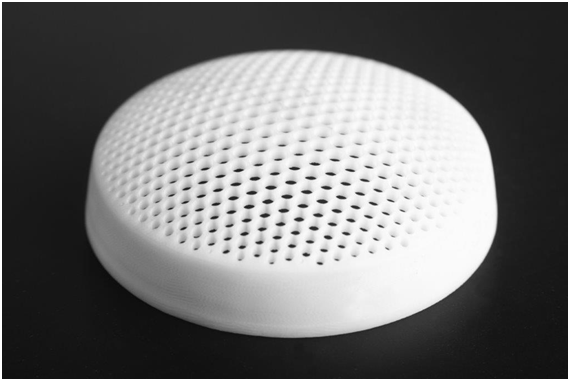The Impact of Colorants on the Properties of Plastic Materials
While often considered optional, the right colorants can significantly impact a plastic part's properties and aesthetics. At HLH Prototypes, we share your vision for high-quality, functional, and visually appealing parts made with custom China injection molds . That's why our team collaborates closely with you to meticulously choose the ideal materials, including colorants, for your project's success. Color selection depends on many factors, such as your choice of plastic and the part’s final application. We also consider environmental factors, budget, and durability before recommending appropriate colorants. In this blog, we’ll explain how colorants can affect your plastic part. Understanding the effect of colorants on plastics Adding colorants to a plastic part can affect its properties, so we carefully consider the compatibility between the chemistry of the colorant and that of the polymer. In addition, the effects of a colorant on the po...



